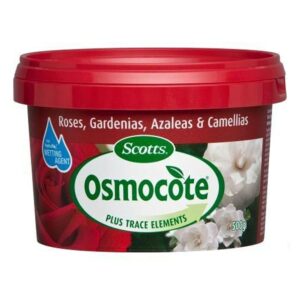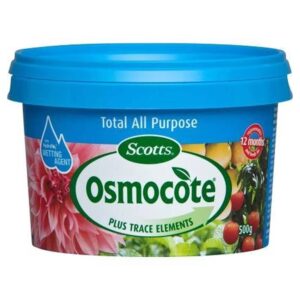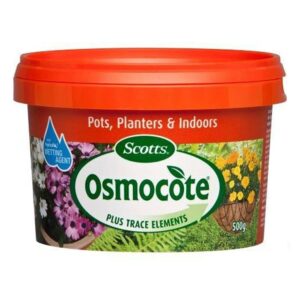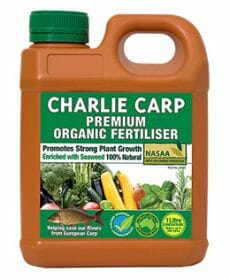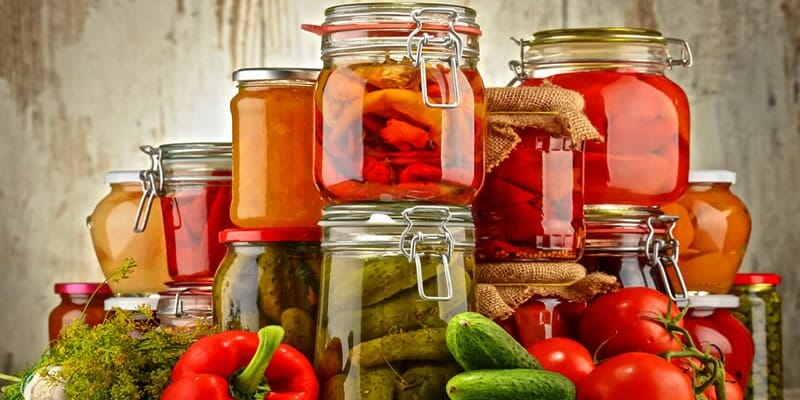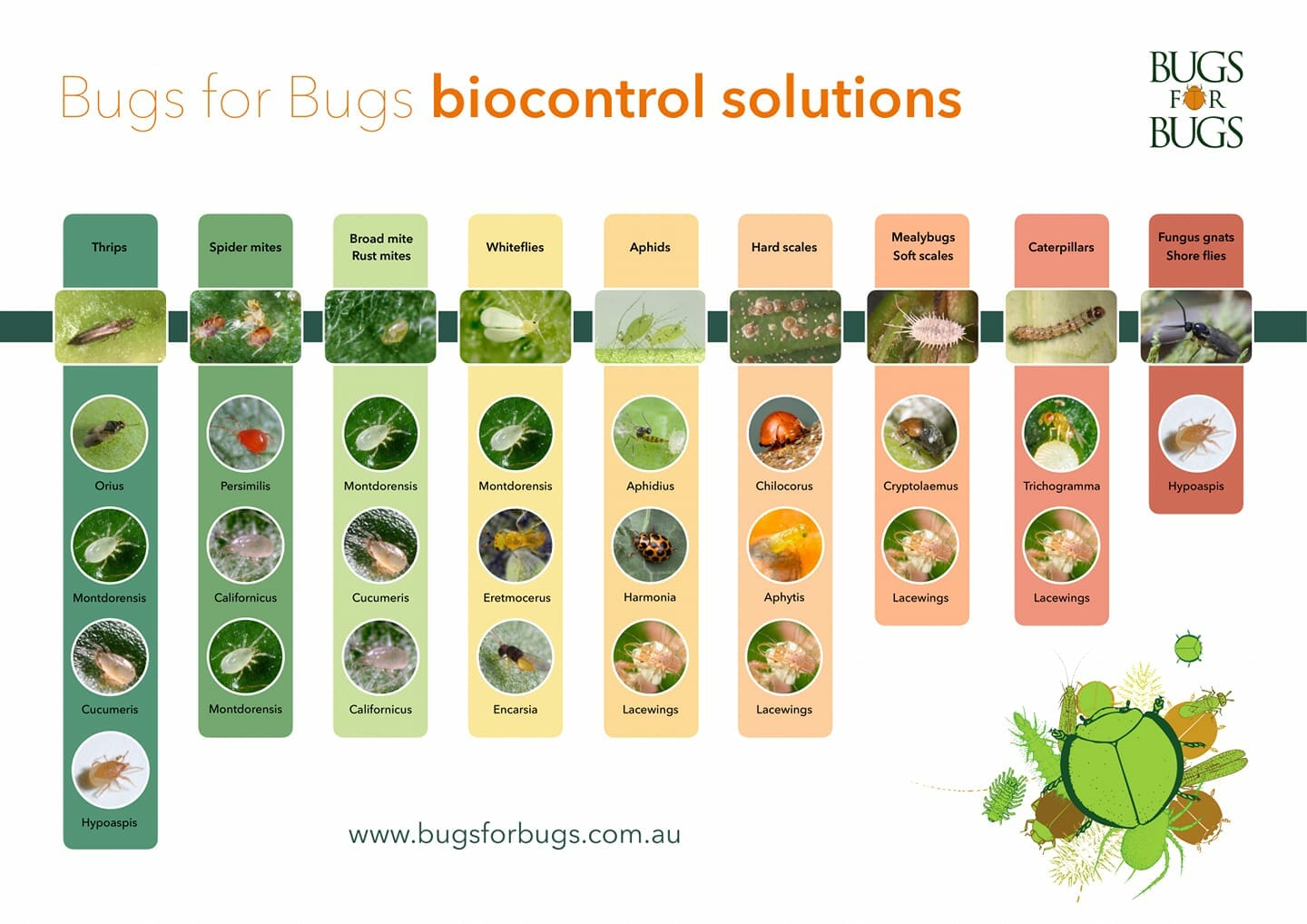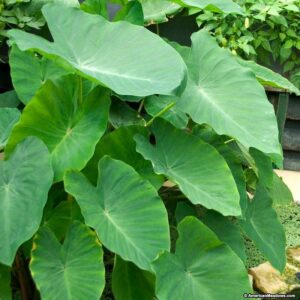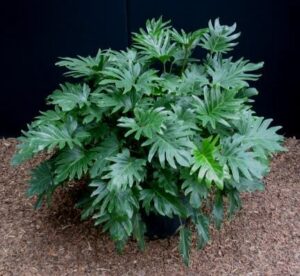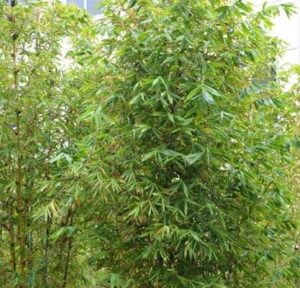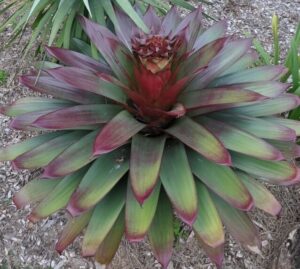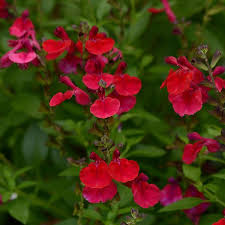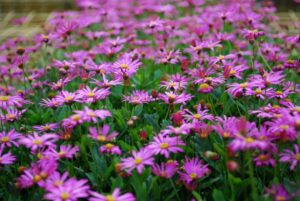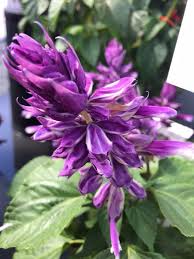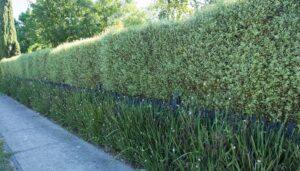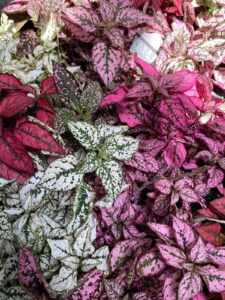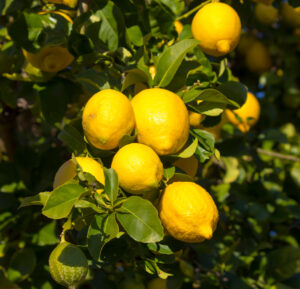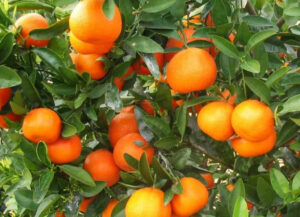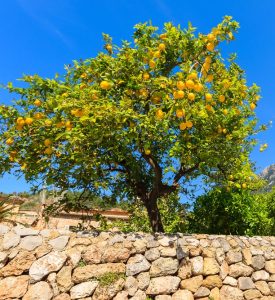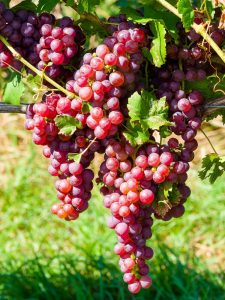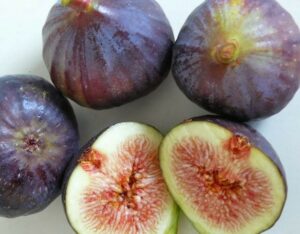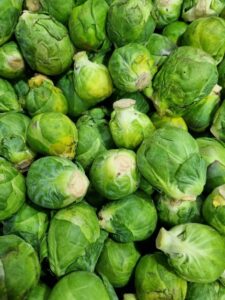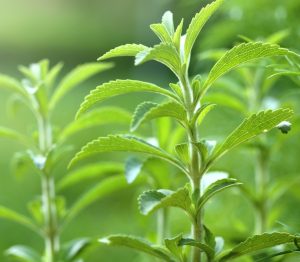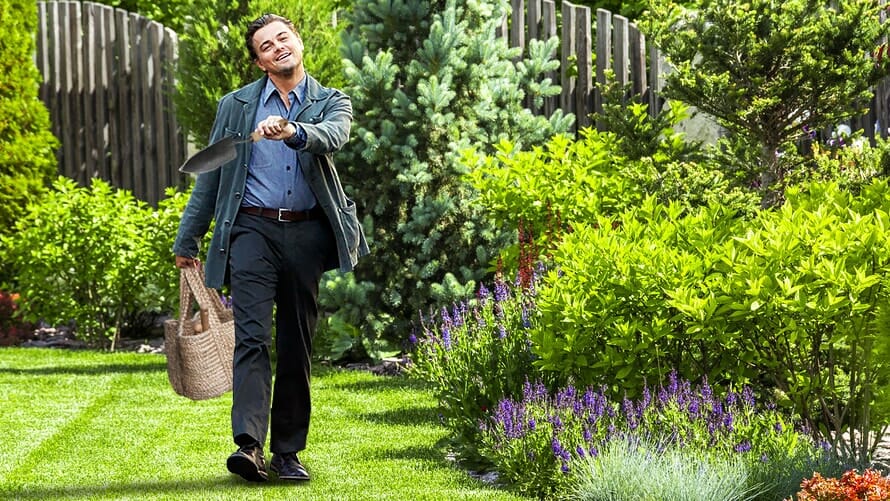
Hello Hello Autumn! March in the Garden!
Hello Hello, dear gardening friends!
As we are reaching the end of Summer here in Melbourne, we can all certainly feel the cool change and the days getting shorter. We put on extra layers to keep us warm, enjoy our favourite hot beverage and make ourselves cozy for Autumn. This is the season that reminds us that our bodies, minds, and surroundings are always changing. It represents the preservation of life and its basic necessities. In a way, the autumn season offers us a chance to reconnect with ourselves.
As we harvest the last rewards of Summer, we enjoy this generous bounty by cooking delicious meals and we also preserve extras for the cooler months. In the garden, there are beautiful blooms to enjoy. Crepe Myrtles are putting on a beautiful display, along with Hibiscus, Hydrangeas, Roses, Oleanders, and several others. Rhododendrons and Camellias have a few flowers and many buds that are slowly swelling up for a lovely Autumn bloom.
Before the leaves start changing colour, there are many things to do in the garden to prepare for a beautiful Autumn, so here are the main points.
Planting and Watering
With the lower temperatures, you can put any plant in the ground safely without much risk of shocking or stunting them. It is an ideal time for many summer heat-sensitive plants such as Maples, Weeping Cherries, and Birches to go into the ground. They will have over 8 months to get properly established for the next summer. Just make sure to water them adequately and keep the soil moist, but not too wet. This is the best time for a large property and commercial landscape planting. As of March, the rate of evaporation of water from the soil is less, so you can water your outdoor and indoor plants less frequently, or adjust your irrigation system accordingly. Watch out for root rot, which can happen to plants that have poor drainage or excessive watering. Read more about this lower in the Pests and Disease section.
Click here for a little guide on planting your store-bought plants.
Lawns
The heat of summer and dry weather can be very bad for lawns if they are not watered properly. This is a great time to repair any dry patches or any damage caused during summer.
• The first step is to dethatch your grass with a rake to remove the accumulation of dead grass and long runners. Thatch is a build of dead grass leaves, stems and root which leaves your lawn looking unsightly after it is mown.
• Aerate your lawn with a garden fork or aerator. Almost all lawns will benefit from aeration, and a great lawn demands it. That said, most lawns do not need it. Lawns suffering from heavy foot traffic, excessive thatch buildup (more than 1 inch thick) or grown on heavy soils will benefit the most.
• Top dress with some fine compost and/or lawn fertilizer. Rake over to even it out and water your lawn to settle it in.
• Worn out, dry or dead patches can be over sown with some lawn seed or replaced with patches of instant turf.
Mulch
Mulch that was laid down in spring or summer last year should still be thick enough to protect your plants this Autumn, so you do not need to top it up. As a matter of fact, if your mulch has not broken down much and is still quite thick, i.e over 4 inches, you might want to remove some of it to keep about 1-2 inches tops. A thick mulch layer will retain too much humidity over in the cool and wet Autumn weather and create the perfect environment for a host of diseases, especially fungal ones, that will spread to and affect your plants. Excess mulch can be saved for later or be added to the compost heap.
If you do not have any mulch, well, now is also a good time to add about 1-2 inches of it on your topsoil to protect your plants.
Fertilizing
Due to the frequent watering in summer, nutrients leach away from the soil, especially from pots and planters. Nitrogen or Nitrates are the most common essential nutrients that leach away, along with other highly soluble minerals such as calcium. You may tend to notice discolouration or yellowing leaves on your plants. The best way to prevent leaching is by top-dressing your soil with organic matter, compost, manure, plus a thin layer of mulch to encourage microbial and fungal activity in the soil. Mycorrhizal fungi create tiny root-like dense webs in the soil that hold on to moisture and nutrients. Most importantly, they create a complex network for nutrient and resource exchange between various plants.
Tender new growth that comes from fertilization will now also be fairly safe from sun or heat damage, thanks to the cooler temperatures. You can fertilize potted plants, garden ornamentals and trees, flowers, lawn, citrus and other fruit trees too.
Use slow-release fertilizers or seaweed solutions instead of traditional instant “NPK” ones. These take time to break down and give a steady supply of nutrients for a few months. Choosing the right fertilizer for the right plant is important as these contain trace elements that the specific plants require which are often scarce in normal soil.
Click here to view a chart of various possible deficiencies in plants.
Dead-heading and Pruning
After the beautiful first summer blooms, many of the flowering perennials are now covered with spent flowers, which are busy producing seeds inside. Some plants have a big flush of flowers at once, such as catmint, while others flower more consistently over the flowering period, such as daisies. The longer you leave spent blooms on the plant, the more resources or nutrients they utilize to produce seeds, and the plant will feel that it has completed its life cycle, i.e producing seeds to ensure the next generation. The best thing to do is to remove spent blooms as soon as the flower petals shrivel up. This will encourage more flowers to pop out.  Very often the late summer/autumn blooms do not look as spectacular as the earlier ones. However, you can give those plants a beautiful last late Summer-Autumn flush of flowers by doing some light pruning and removing all spent flowers, followed by an application of bloom-promoting fertilizer or seaweed solution, preferably by foliar application, and also around the root zone. Make sure to deadhead your Agapanthus early, to prevent them from going to seed, as they can get quite invasive.
Very often the late summer/autumn blooms do not look as spectacular as the earlier ones. However, you can give those plants a beautiful last late Summer-Autumn flush of flowers by doing some light pruning and removing all spent flowers, followed by an application of bloom-promoting fertilizer or seaweed solution, preferably by foliar application, and also around the root zone. Make sure to deadhead your Agapanthus early, to prevent them from going to seed, as they can get quite invasive.
The Vegetable Patch
Most summer crops that have provided a bounty of fresh veggies are now looking a bit scraggly, reaching the end of the lifecycle. They can be pulled out, chopped up and composted as long as they are disease-free. Some chillies, capsicum and eggplant can be left a little longer in the ground until they are done fruiting. You can try to keep your chillies and capsicum going over winter by having them in a pot, protected from the cold and frost over the coming months.
• Harvest most of your summer crops because the cool weather prevents them from growing any more or ripening. There are many great ways to preserve excess produce such as Fermenting, Canning, Snap Freezing, Pickling, and Drying. You can also donate the excess to charity associations such as Foodbank and Fareshare. You can also look into swapping produce at swap meetups, which you can find via Local Food Connect.
• Before planting Autumn and Winter veg, enrich your soil by top dressing with some compost and manure and let it settle for a week or two. If the soil is too hard from being baked by the summer heat, you can gently turn it over to incorporate some organic matter into it, which will make new crops grow better. If you have hard or clay soil you can also add some soil wetter to make water penetrate more easily and retain moisture.
• Give new seedlings a good boost with an application of liquid fertiliser after a week or two and they will reward you later on.
• If you are not too keen on Autumn or Winter veggies you can plant some green manure crops to allow your soil to improve while waiting for Spring and Summer planting. But if you are, here is a little list of what can be grown right now:
• Greens such as silverbeet, leeks, celery, watercress, lettuce, rocket, spring onion.
• Herbs such as parsley, thyme, oregano, coriander etc
• Asian greens such as Pak Choi, Kailan, Choi Sum
• Brassicas such as broccoli, cauliflower, cabbage, Brussel sprouts.
• Root veggies such as beetroot, turnip, radish, parsnip, onions, carrots and garlic.
• Legumes such as sugar snap peas and broad beans.
Check out our available range of vegetables and herbs.
How to ripen up your green tomatoes!
You can either ripen your tomatoes indoors or on the vine. You can coax the ripening process from green to red when tomatoes are taken indoors—a much better plan than leaving them to wither on their vines. The key to ripening tomatoes is a warm, enclosed and dry environment. Tomatoes need warmth to ripen.
- In the bag: To ripen a few green tomatoes, put them in a paper bag, close it up, and store them in a warm location in your home. Kept enclosed together, the ethylene they emit will stimulate ripening. You can add a ripe banana or apple as well to speed things up. Once a tomato is ripe, remove it from the bag and enjoy it right away. Check the bag daily for mould or rot and remove any spoiled pieces.
- Box method: If you have several green tomatoes you want to ripen, consider using a cardboard box. Place them in the box so they do not touch one another. You can add a ripe banana as well. Close the box and, as with the bag-ripening method, check daily for mould and rot, or full ripening, and remove those tomatoes.
- The windowsill approach: Try this if your tomatoes have already started to show some ripened colour. Simply put them on the sill of a window that gets sunlight. Inspect them daily for progress. You can also remove tomatoes you have ripening in a bag or box once they start showing signs of colour and continue their ripening on the window sill.
To ripen tomatoes on the vine you can try:
- Removing flower clusters. Pluck new flower clusters from tomato plants that have already set fruit. Removing flowers will direct the plant’s energy into ripening the fruit already maturing on the vine.
- Removing small or excess fruit. Pick small or excess fruit off of the tomato plant. Removing immature fruit or fruit you will not use will allow the plant to divert energy into ripening larger, already maturing fruit. Tomatoes that reach “mature green” size and have their first blush of colour can be ripened off the vine at room temperature.
- Removing some leaves. Pinch away suckers and lower leaves. Tomato plants almost continuously produce new shoots–called suckers–between the main stem and lateral branches. Pinch or prune away this new growth so that the plant can channel its energy into producing and ripening fruit rather than producing new leaves. Leaves just above fruit or fruit clusters should be left in place to protect the fruit from sunburn. Leaves low on the plant that turns yellow or brown or diseased leaves should be removed. These leaves are taking energy away from fruit ripening.
- Reducing water and food late in the season. Reduce water and fertilizer to encourage “mature green” fruits to ripen. Fertilizer–especially excess nitrogen–encourages new leaf growth at the expense of fruit growth and maturation. (Use fertilizer low in nitrogen 4-8-4 for tomatoes.) Reducing water as fruits reach mature size will enhance ripening (and concentrate flavour) and direct the plant’s energy away from new fruit set to ripening fruit already on the vine
- Some gardeners swear by feeding their tomato plants unsulfured blackstrap molasses, saying that the molasses not only provides tomato plants with energy but also makes ripening tomatoes sweeter and increases microbial activity in the soil. Use about a cup of molasses per two gallons of water, applying no more than once per week.
Pests and Disease
Humid and cool conditions can cause a proliferation of pests and diseases in the garden. Identify them early, treat them, and keep your plants healthy all through Autumn and Winter.
• Leaf Miner and Citrus Leaf Miner. These are small nocturnal moths that lay their eggs on the underside of soft fresh leaves of citrus and other seedlings. The eggs hatch and the larvae rapidly burrow under the surface of the leaf, and it is these larvae that cause all the damage. The larvae feed on the epidermal cells of the leaf, creating a silvery snake-like ‘mined’ damage to the leaf, which eventually curls up. The best way is to control them is using eco oils, sprayed fortnightly above and below the leaf of plants. This will also deter many other pests. A chemical/biological control is Spinosad (marketed as Success by Yates) is also reputed to be effective against leaf-miners.
• Cabbage Butterflies and Moths. White Cabbage butterflies lay their eggs on our Brassicas, such as broccoli and cauliflower. Little green caterpillars hatch from these eggs and then get to work chewing holes through the plants. There are several ways to control them.
- Netting- You can protect your young crop by covering them with netting that would prevent the butterflies from reaching them.
- Companion plants- Plant some strong-smelling herbs such as lavender, sage, and rosemary seem to discourage cabbage moths from settling and laying eggs. Try planting them around the edges of your patch to form an odour barrier. You can also plant decoy plants such as nasturtiums, dill, and mustard, which will draw egg-layers away from your main crops.
- Using decoy ‘Scarecrows‘- Cabbage moths are highly territorial and will avoid laying eggs where there’s already competition for food. Use little decoys around brassicas to send them somewhere else. Here is a great little printable template that you can use. Click Here to see the template. This template was created by the Australian Butterfly Conservation.
- Dipel – An organic biological insecticide which is based on Bacillus thuringiensis var. kurstaki, which is an insecticide derived from beneficial bacteria found in soil, on plant surfaces and also in insects. It specifically targets caterpillars and is safe for beneficial insects such as ladybirds and bees.
• Other Pests. Thrips, Mites, Scales, Aphids, and Whiteflies are other bugs that cause a lot of damage to our plants. Here is a very natural way of controlling them by using nature itself. Bugs for Bugs is a company that specialises in integrated pest management (IPM) and is one of Australia’s leading suppliers of biological control agents. Here is a great little chart for controlling bugs by using bugs.
Click here to see their website.
Or visit their Facebook page!
• Blackspot and Rust commonly affect Rose plants. If you notice any of those on your roses, you can cut them back lightly, remove the diseased leaves, spray the remaining leaves with some organic copper-based fungicide, and also fertilize them to encourage new growth and blooms.
• Powdery mildew is one of the most commonly occurring plant problems at this time of the year. It is a fungal disease that affects plant leaves and stems, coating them in what looks like a white or grey powder-like substance. In severe cases, powdery mildew can even spread to the buds, flowers, and fruits of plants. A simple remedy is a good spray of the following mix: 1 tablespoon baking soda with 1 tablespoon vegetable oil and 1 teaspoon dish soap in 1 gallon of water. Another option is a mix of 1 part milk with 10 parts of water.
If this natural remedy fails to get rid of it, you can look into Sulphur based fungicides.
• Root rot and Wet Feet are the most damaging ailments our houseplants can suffer from, and one of the most common. An infection can destroy a plant literally from the ground up. It spreads quickly, and without prompt action it’s soon too late. Roots of plants affected by root rot may turn from firm and white to black/brown and soft. Affected roots may also fall off the plant when touched. The leaves of affected plants may also wilt, become small or discolored. Affected plants may also look stunted due to poor growth, develop cankers or ooze sap. Once root rot is identified, you must determine if the plant can be saved. If the entire root system has already become mushy, it is too late to save the plant. However, if some healthy, white, firm roots exist, try to bring the plant back to good health by replanting in fresh soil with good drainage.Click here to read more about it.
~~~~~~~~~~~~~~~~~~~~~~~~~~~~~~~~~~~~~~~~~~~~~~~~~~~~~~

Grower Clearance Sale!
We currently have a Grower Clearance sale for lots of big bushy plants. Click here to see all our specials for the month of March!
Tropical Touch!
You don’t need to travel to a tropical island to escape the pressures of modern life. When you have a tropical garden, every day is like a holiday! We all love little cosy troppo corners, and those are very easy to achieve with plants such as giant birds of paradise, palms, cordylines and gorgeous Frangipanis. In Melbourne, tropical plants grow best in an East-South facing garden.
Keep in mind that they are not frost-tolerant and should be planted in a spot sheltered from the wind. Plant them in layers to have the tallest ones at the back and the smaller plants in the front. Mix and match leaf shapes and colours to create contrast! Here is a great selection of plants to get you started!
Fabulous Flowers!
We have a fantastic selection of perennial flowering plants in store right now that are already flowering or just about to flowers, such as Gazania, Dahlia, Fuschia, Calibrachoa, Daisies, and Echinaceas. You can easily plant these in your garden to make it pop with interesting textures and colours all Summer long.
Happy Hedges!
Block out those pesky or curious neighbours with a nice thick hedge. Also great to block out some noise and wind. Transform your garden into a little oasis of peace with these great hedging options that are all on sale right now!
Fantastic Foliage!
Rather than relying on annual flowers for summer-long colour, think of plants with colourful and interesting foliage. Coleus is one such plant that is easy to grow and easily adds a splash of colour to any area of your garden. Here are some interesting options:
Racy Roses!
Roses are still blooming beautifully at this time of the year. It is also a good time to deadhead your roses and feed them with some balanced, bloom, or rose fertilizer for the last flush of roses of the season. Avoid overhead watering as this can cause fungal problems. Watering early in the morning is better than in the evening. Once established, roses are quite drought hardy so water deeply only every so often. They are available in several forms such as bush form, climbing form, carpet roses, weeping roses, and as standard (ball on a stick).
Fresh Fruits
• Citrus plants. We have a great variety in 4L pots that are on sale right now! These are fantastic varieties that were originally destined for Victorian fruit farms, so you know they are born to produce fruit, plus they are very affordable.
• Various fruit. Here is a great selection of the most popular and rare varieties, ideal for small spaces. These are in limited quantities, so better hurry up.
Veggies, herbs, and greens!
• Leafy greens such as lettuce, spinach, rocket, endive, silverbeet, mustard greens, and celery will all grow well in the garden right now!
• Herbs are really easy to grow and can be grown in pots on your balcony or your patio. They will grow well in shaded, partly shaded, and sunny spots. You can harvest them by chopping the tops and they will simply grow back. You can also chop them up, dry them and create your own mixed herbs for later use. Once you start planting your own herbs, you will never buy them at the supermarket again.
That’s all folks! March right into the garden with confidence and a smile, just like Leo here and get busy!
We hope to see you in-store here at 1477 Sydney Road, Campbellfield!
Gardening in Autumn. March in the Garden. Melbourne, Victoria, Australia.






